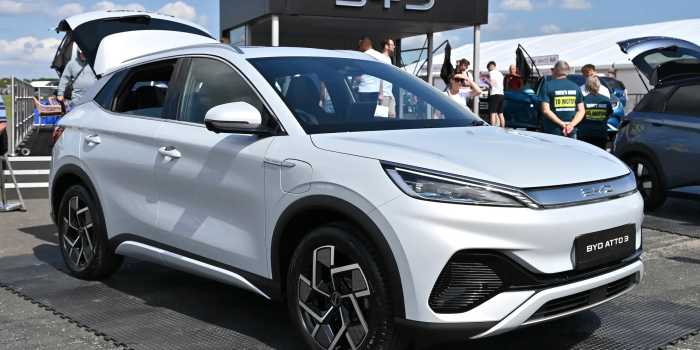Amidst a power outage caused by flash flooding in southeast Queensland on Christmas Day, an Australian woman, Kristy Holmes, found an ingenious solution to power her son’s dialysis machine using her BYD electric car.
Following the power loss from the storm, Kristy Holmes harnessed the “vehicle to load” feature of her Atto 3 electric car to run her 11-year-old son Levi’s dialysis machine. Levi, awaiting a kidney transplant, faced potential life-threatening consequences without the innovative capability of the EV. Holmes expressed her gratitude, stating, “It’s the most amazing car I’ve ever owned. Now it’s been able to save my son during a storm; I don’t think I’ll ever go back to a petrol car again.”
Beyond its life-saving application, the family has utilized Atto’s charging abilities for less critical needs, such as heating mulled wine for a movie night. The incident highlights the potential of EVs to serve as mobile power generators during emergencies, offering a practical solution in times of power outages caused by extreme weather or natural disasters.

This concept of “bidirectional charging” has gained traction, enabling EVs to power household appliances and charge each other. Notably, during Hurricane Ian in 2022, Ford witnessed a 127% increase in people using their F-150 Lightning electric pickups as power sources. Ford CEO Jim Farley shared instances of hurricane-affected drivers utilizing their trucks to cook meals and illuminate their surroundings.
The evolution of bidirectional charging extends beyond individual vehicle capabilities. Both Ford and Tesla have incorporated vehicle-to-vehicle charging in their electric F-150 and Cybertruck models. General Motors (GM) also joined the trend, announcing plans in August for all its electric vehicles to possess bidirectional capabilities by 2026.

Looking ahead, bidirectional charging could emerge as a valuable backup power source for homes and the broader energy grid. The idea of stationary EVs supporting the electricity system during periods of high demand or strain, such as heatwaves and hurricanes, presents a promising solution to enhance overall energy resilience.
The incident in Australia underscores the practical benefits of integrating bidirectional charging capabilities into EVs, showcasing their potential to go beyond conventional transportation roles.


